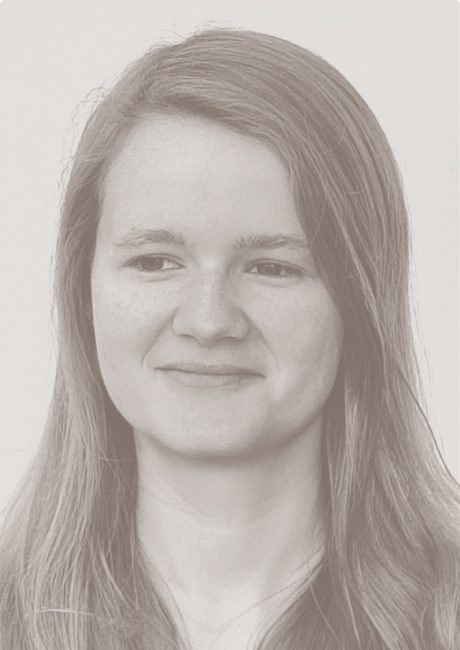
KU Eichstätt-Ingolstadt
Am Marktplatz 2
85072 Eichstätt
sabine.aretz@ku.de
Sabine Elisabeth Aretz completed her B.A. in Media Studies and English Studies in 2018 and her M.A. in North American Studies at the University of Bonn in 2020. From 2017 to 2020, Sabine held a scholarship from the German Academic Scholarship Foundation. Sabine has presented and published research on media depictions of (gendered) perpetration, approaches to the rhetoric and aesthetic of resistance, and collective identity formation – particularly in the context of social movements. Critical Race Theory, Feminist Theory, and New Social Movements are among her core research interests.
(Re-)Placing the #MeToo Movement: Shame, Power, and Autobiographical Narratives
The #MeToo movement emerged in (digital) spaces and uses the collective sharing of personal experiences of shame to highlight the gravity of sexual harassment and abuse, aiming to re-direct and re-place shame. In the narratives of the #MeToo movement, identifications of a ‘politics of silencing,’ aimed to be transcended, are prominent. The social ‘tools’ of silencing that emerge, I argue, are inevitably tied to places, spheres, and placemaking: Where shaming processes and power relations ‘build’ and continuously form places and spheres to exclude certain people, experiences, and practices, any (collectivized) resistance engages with and (re-)shapes these places and spheres. I thus aim to explore the rhetoric of place and placing in autobiographical narratives of the movement. In this analysis, the settings and literary practices of placing in #MeToo narratives are to be regarded both in their literary function as well as their broader cultural engagement as part “the production of space” (Lefebvre [1974] 1991). With the backdrop of feminist theory concerning public/private spheres as well as (new) social movement theory that has highlighted the function of narrative and importance of rhetoric, the narrative practices of the movement with regard to its practices of places and placing demand attention. This will allow further consideration to deepen our understanding of thinking of place as dynamic, inextricably connected to practices, as ‘practicing place.’